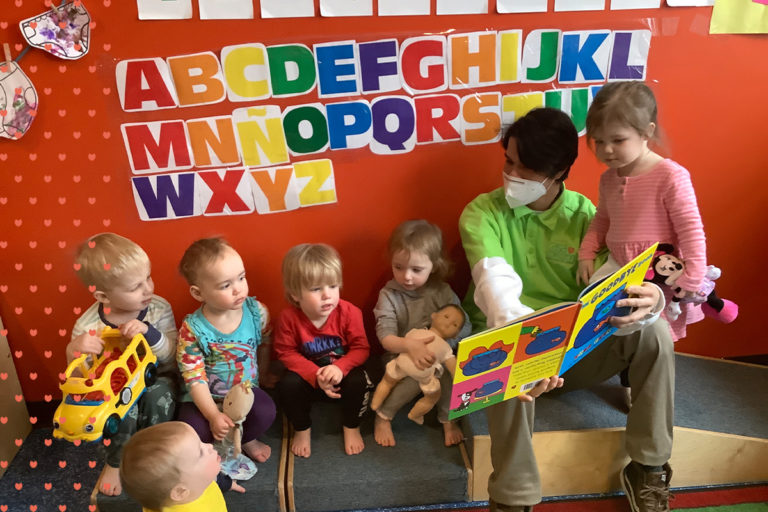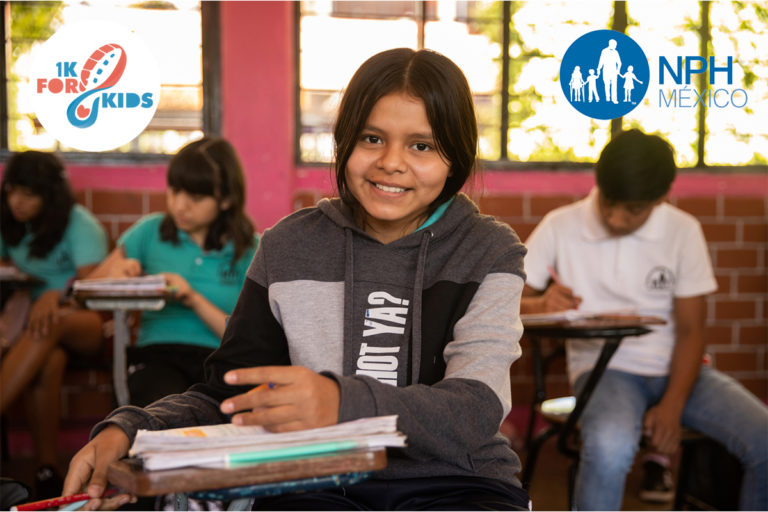The Benefits of Water Play for Toddlers
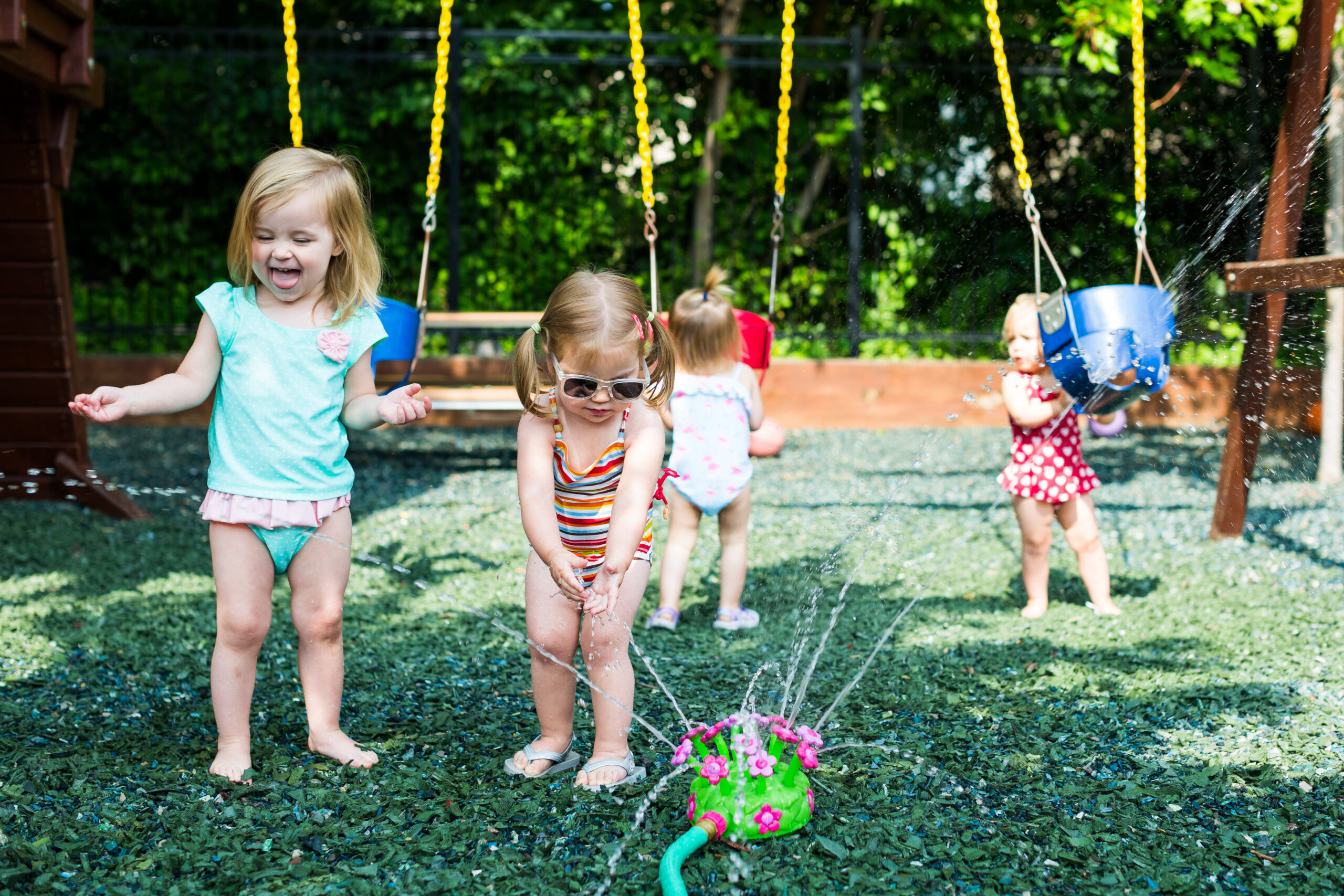
Water play can be a great way to encourage healthy development in children as young as infants. Playing with water helps kids build key motor skills, visual perception and cognitive abilities. When kids play with water in groups, they are also able to practice social skills with their peers. This article will take you through why and how water play should be incorporated into your child’s routine.
What is Water Play?
Water play is a broad term used by early childhood educators which includes all kinds of aquatic activities including swimming, water games, and free play with water toys to help children gain developmental skills. Water play differs from other activities in a few key ways. It keeps kids cool, engages all five senses and helps them lay the foundation for number sense as well as concepts like depth and volume.
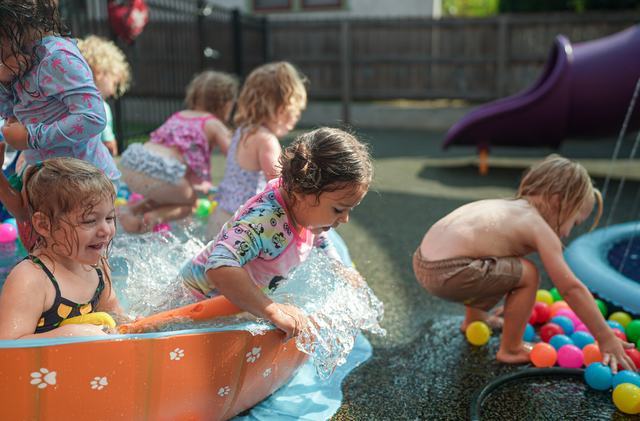
Benefits of Water Play for Toddlers
Water play has scientifically proven developmental benefits, from cognition to motor skills. It is also beneficial for a child’s holistic well-being, increasing awareness of the mind-body connection. This immersive sensory experience encourages emotional and creative expression, too. Read on to understand these benefits and learn how you can incorporate water play at home. ed.
Develops Motor Skills
A 2024 study published in Healthcare, found that water environments have the potential to support the motor development of infants under twelve months old. The study explains the importance of reaching motor-skill milestones in infancy, citing a WHO statistic that nearly 60 million children under age five experience developmental delays in motor skill acquisition. Water play is highly recommended as a holistic strategy for encouraging the development of both fine and gross motor skills in infants.
Improves Concentration
According to the Brain Balance Center, the average attention span for children is just two or three minutes per year of age. This means that a one-year-old can be expected to focus on a given task for two minutes, a two-year-old up to six minutes and so on.
Water play is an extremely engaging for young children, so it gives them a great opportunity to practice focusing, even if for only a few minutes at a time.
Kids often become immersed in aquatic tasks like scooping, sieving, water-wheeling, filling, emptying etc. When a child enters a focused flow state, they are building the foundation for school-related skills that will require extended periods of focus in the future.
Helps To Distinguish Textures and Colors
Since water play is a form of sensory play, it helps kids learn things like textures and colors. Children as young as one year can begin to distinguish and identify colors. Playing with multi-colored and textured toys in the water can be a great first step for connecting sensations with concepts like “scratchy” or “yellow.”
Encourages Problem Solving
Exposure to new textures, densities and cause-and-effect relationships in water play can help kids learn to problem solve. For example, they may find that a hollow ball floats while a denser ball sinks to the bottom or that salt dissolves in water while sand does not. Water play is an opportunity for kids to make discoveries and create new brain pathways.
Calm Emotions & Stimulate Creative Thinking
According to Axios, “being on, in, or near water has a stress-relieving and creativity-boosting impact on the brain.” This is another benefit of water play – it has a therapeutic effect. The sounds and sensations children experience during water play can activate the parasympathetic nervous system, lowering physiological symptoms of stress and anxiety.
Develop Their Social Awareness and Imagination
Water play can be a form of unstructured play that encourages kids to work together and use their imaginations. Kids learn quickly the importance of sharing and collaborating to keep the imagination game going. They also can practice role play, improvisation, and building together, encouraged by the unique stimuli of a water environment.
Builds Communication Skills
Water play requires children to learn a whole new set of vocabulary words, like “swim”, “sink”, “float”, “stir” and “splash”. It is important for young children to be exposed to as many diverse environments as possible to support their language acquisition. Now they can say things like, “Look, this ball sinks, but that one floats!” Water play can be a great way to get a young child to start building vocabulary engaging with peers in a new way.
At Casa, children can learn this vocabulary in Spanish, doubling the benefit of the language exposure.
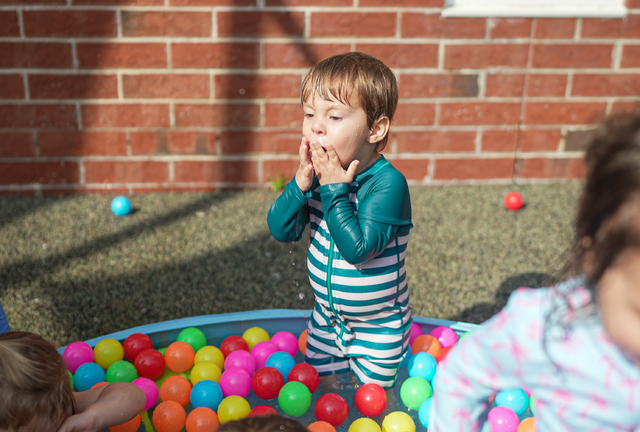
How To Set Up Water Play for Kids
It can be easy and low-cost to set up a water play area at home and kids love them.
Choose a flat, clear, hazard-free outdoor surface to begin. Then you can fill buckets, plastic tubs or even a kiddie pool with water. Add water toys, funnels, bottles, natural materials, brushes, colanders, cups, and shovels, preferably of different colors and textures.
Then, let the kids explore. Be sure to watch them closely as they play with water. Don’t be afraid to engage in the play with them, too!

Enroll Your Child in an Enrichment Program
Casa de Corazón has a year-round schedule of enrichment activities, including water play. Enrichment activities are an important part of supporting children’s holistic development. Our programs are available to infants through pre-K age groups. Request a tour of our facilities and NAEYC accredited curriculum in Wisconsin and Minnesota for more information.

